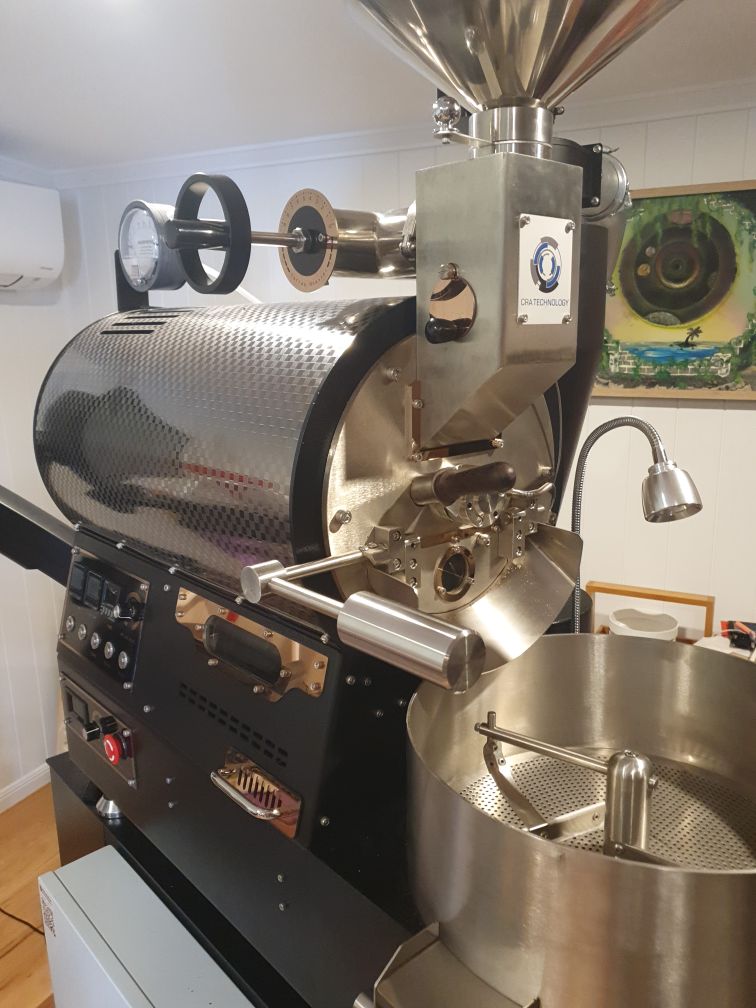Costa Rica Santa Maria Tarrazú coffee beans originate from the renowned Tarrazú region, specifically the town of Santa Maria de Dota. This area is celebrated for its ideal coffee-growing conditions, including mineral-rich volcanic soil, high altitudes, and a favorable climate, contributing to the exceptional quality of its coffee. A high altitude and strictly hard bean (SHB).
Flavor Profile:
These beans are known for their complex and well-balanced flavor profile, featuring:
- Aroma: Notes of honey and subtle citrus.
- Taste: Flavors of sugar cane, chocolate, hazelnuts, and vanilla, complemented by soft acidity.
- Body: Medium-bodied with a smooth, buttery mouthfeel.
- Acidity: Bright and lively, contributing to a crisp finish.
Processing Method:
The beans undergo a washed (wet) processing method, which enhances their clean and crisp characteristics.
Roasting Recommendations:
Creamy body and a great balance of sugars and acidity that cut through milk. Roasted to the start of second crack, deeper chocolate and nutty flavors prevail.
Brewing Suggestions:
To best experience the nuanced flavors of Costa Rica Santa Maria Tarrazú coffee, consider using brewing methods such as pour-over, French press, or drip coffee makers. These techniques allow the coffee’s complex profile to shine through.
Additional Information:
- Altitude: Grown at elevations of 1,200 to 1,900 meters, contributing to the beans’ dense structure and vibrant acidity.
- Harvest Period: Typically harvested between November and March, aligning with the region’s optimal growing season.
Costa Rica Santa Maria Tarrazú coffee beans offer a distinguished and flavorful experience, reflecting the rich coffee heritage of the Tarrazú region.








